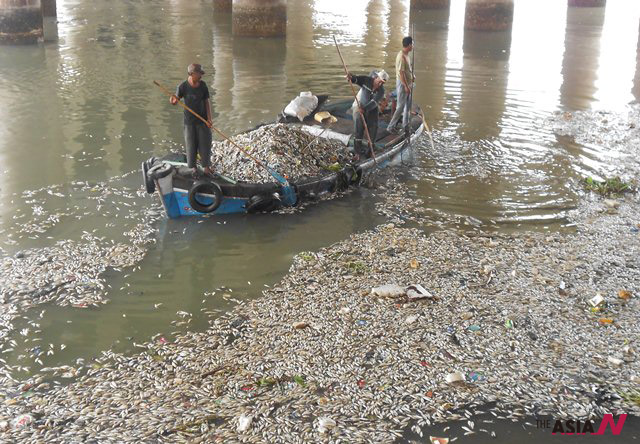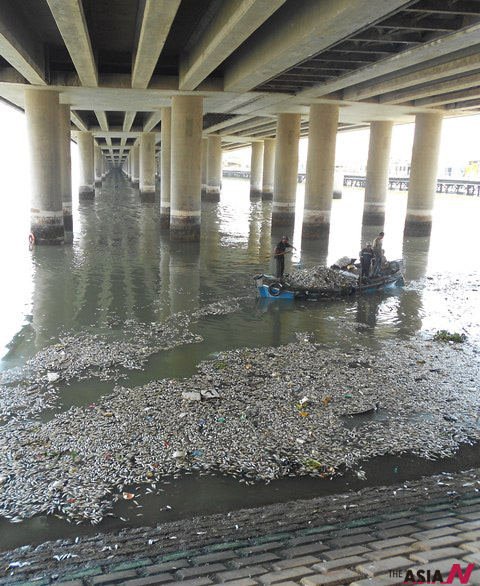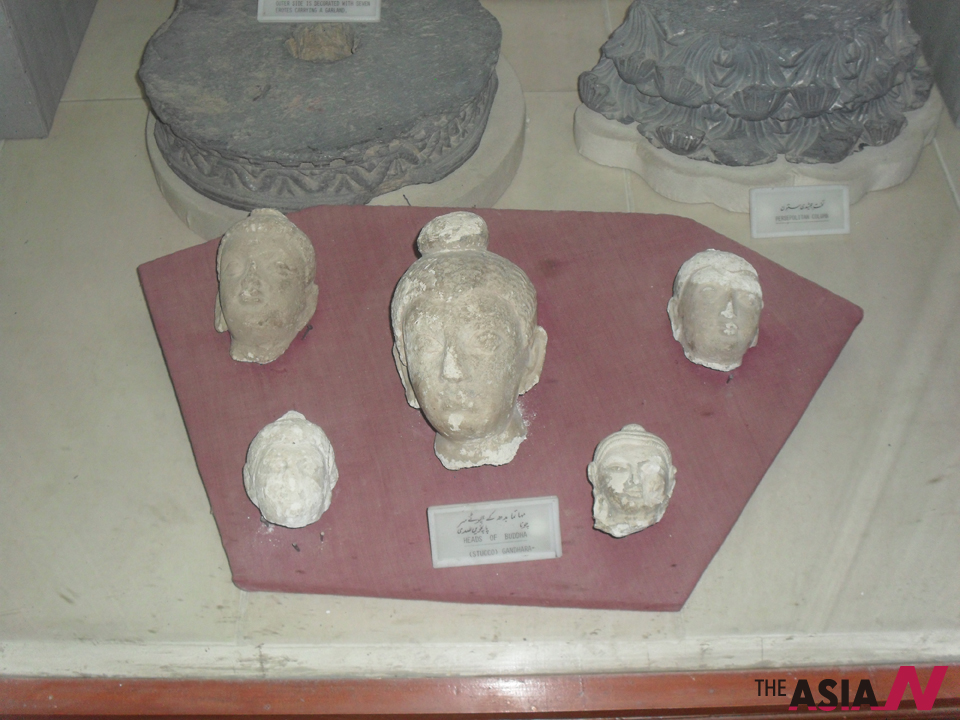
Flood water causes mass mortality of fish at Karachi Harbour

The torrential rain on August 03 last has caused not only misery for the citizens of Karachi, the biggest city of Pakistan and capital of Southern Sindh province, but also affected marine life, as the rain water flowing through Industrial Estate laden with toxic chemicals when entered Karachi Harbour resulted in mass mortality of fish which can be seen in heaps in and around mangroves and stretches of beaches with the Chinna Creek and adjacent area.
Thousands of dead fish, mainly mullets (locally known as boi) that abode the waters with the Karachi Harbour estuary were found dead, triggering concern among environmentalists, scientists and general public. Despite some placid action taken by the Sindh Environmental Protection Agency, the sewage water loaded with heavy pollution continues to reach downstream stretches of Manora Channel unabatedly, posing a grave environmental and health hazard for the residents of the area as well.
According to Muhammad Moazaam Khan, Technical Advisor (Marine Fisheries) WWF-Pakistan, this is not the first case of fish kill inKarachiHarbour. On many occasions in past, release of chemicals by the Industries have resulted in mortality of mullets and other fishes in theKarachiHarbour. He pointed out that the industrial pollution discharged throughLyariRiverhas to be tackled at point sources on a watershed approach with the active involvement of all stakeholders.

Khan further pointed out that rain water usually results in higher productivity of the coastal area because it is rich in nutrients but when such water passes through industrial areas it gets heavily polluted, therefore, rather than bringing blessings to marine life it results in fish mortality. Because of heavy pollution, major part of theKarachiFishHarbour(receiving sewage throughLyariRiver) and Gizri Creek (receiving sewage throughMalirRiver) has already turned in azoic zones where no life exists.
Rab Nawaz, Director WWF – Pakistan stressed the need for a comprehensive master plan for controlling pollution resulting from discharge of industrial and domestic waste through Lyari and Malir Rivers. He pointed out that about 435 million gallon per day (MGD) sewage is released through these two rivers resulting in extreme high level of pollution aroundKarachi. Sewage treatment capacity inKarachiis limited to only 75 MGD (provided sewage treatment plants operate at their installed capacity), therefore, about 85 % of the sewage is dumped in the sea without any treatment resulting in mortality, bioaccumulation and depletion of area with animals and plants.
Khalid Mahmood, Co-Principal Investigator, WWF – Pakistan who surveyed the area pointed out that mortality of the mullets, sea bream and scate fish has occurred around Baba Island which is located in the midst of Lower Harbour of Manora Channel and because of incoming high tides the fish are dumped by sea in the Chinna Creek, Native Jetty and Bhatta Village area. Karachi Port Trust has carried out a cleanup operation with the help of local fishermen who have removed about 35 metric tons of small sized mullet, sea bream and scate fish from the area. These fish are considered important commercial species which are relished by locals especially, fishermen community.






